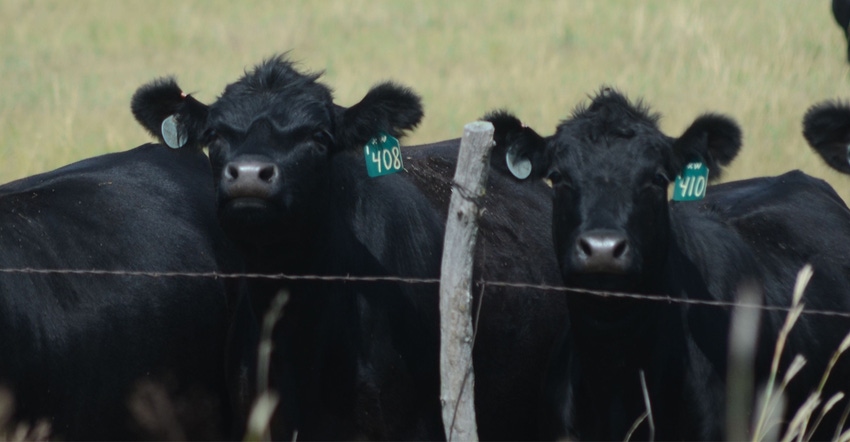January 25, 2018

Graziers often talk about the benefits of management-intensive grazing or rotational grazing practices, including better use of pasture resources, improved forage production and, in the long run, even higher grazing capacity. Many will also talk, at least anecdotally, about the improvements to certain soil properties, although for the most part, these observations are just that — anecdotal.
More and more, however, ongoing research is seeking to determine whether there is a link between different grazing management practices and these soil properties.
One of these studies, being conducted by Jerry Volesky, Nebraska Extension range and forage specialist at the West Central Research and Extension Center, is evaluating various grazing management strategies, including high-stock density grazing and set-stock density grazing, and grazing in subirrigated meadows and Sandhills uplands.
"One question is: How do different grazing management systems affect soil properties? The carbon and nutrient status, as well as we do a different number of aboveground or plant responses as well. What changes are we making to the species composition or are we?" Volesky asks. "It's a slow process when it comes to creating changes in soil properties. In some of the anecdotal stories you hear from producers, they talk about how quickly it can happen, but it's generally quite a slow process with building up organic matter or carbon."
In addition, this year Volesky with Mitch Stephenson, Extension range and forage specialist at the Panhandle Research and Extension Center, and Walt Schacht, University of Nebraska-Lincoln agronomy and horticulture professor, is studying strategies used by ranchers in real-world scenarios — and how they compare with other strategies in terms of harvest efficiency, plant species composition and overall resiliency of the operation.
"The rancher is the ultimate experimenter, and many are trying really progressive management strategies. From a research perspective, it is difficult to research all the grazing strategies out there and replicate them with controls long term," Stephenson says. "Rangeland systems are complex not only from an ecological standpoint but a social standpoint as well. And the rancher has to make decisions every day regarding drought, movement of animals and stocking rates. That decision-making is what leads to adaptive management. We know a lot of good adaptive ranch managers. With their help, we're hoping to identify what makes a rancher an adaptive manager."
Stephenson notes having more biomass due to better grazing management also means more residue to prevent erosion. "If you're grazing in a single pasture all summer long, the cow is likely to go back to desirable places throughout the summer. In a rotational grazing strategy, you limit the opportunities to go back to those favorite places multiple times throughout the grazing season," he says. "By rotational grazing strategies, the stock density typically increases. They're in a pasture for a shorter time. And you can control the timing of recovery and the time when cattle are on the pastures, which is can be beneficial to native perennial grasses."
Due to the nature of perennial grasses, conventional wisdom says the amount of root biomass below ground should be similar to the biomass above ground — at least during the corresponding grazing season. This, in turn, means with well-managed pastures and ample residual left after grazing, enough root mass is left behind to mitigate problems with wind or water erosion. However, this results in an increase in soil organic matter.
"Older studies here in Nebraska have shown the amount of root material that vigorous, healthy plants have versus plants that have been heavily grazed. It's a substantial amount of root material that vigorous plants have compared to overgrazed plants," Stephenson says.
"That equates to belowground biomass, which is important for a lot of different reasons. And in the Sandhills, one of the things that's often a concern is erosion, both wind and water erosion. Having plant material to catch that sand helps stabilize the soil."
Perennial grasses alone bring a number of proven benefits to the landscape, Volesky says. "In the case of CRP [Conservation Reserve Program] land where it had previously been cropland and you do come in with a perennial grass, you do see over time that just having the perennial grass there, whether grazed or not, is a big benefit to the soil, mostly due to that root turnover each year.”
You May Also Like




